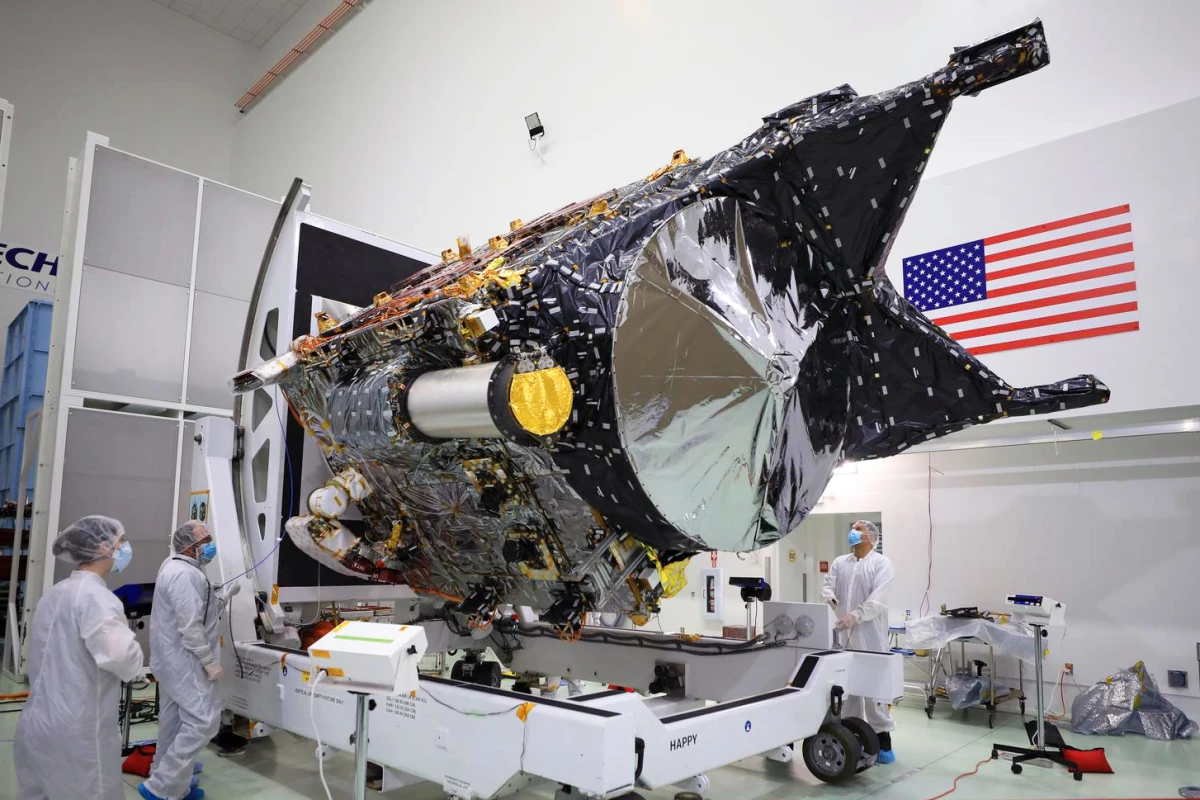NASA's Deep Space Optical Communications (DSOC) unit aboard the Psyche spacecraft has switched on, establishing a super-speed laser data link at a distance of 10 million miles (16 million km), or 40 times the distance from the Earth to the Moon.
NASA has been dead keen for years to develop a practical laser communications system for deep space missions and, as a result, has been conducting increasingly ambitious tests of the technology. The reason is that the space agency is currently working with a bottleneck caused by the 1960s-era radio systems used for mission communications. They work, but the data speeds are mind-bogglingly slow, at about 10 Mbit/s on a good day.
By contrast, DSOC can manage downlink rates of up to 200 Mbit/s – and that's just for technology testing. The tricky bit is to extend the range of the communications system and see if it can still handle the data loss problems caused by the Earth's atmosphere as well as making sure that the uplink and downlink lasers can remain on target during test transmissions.
The first data-beaming from 10 million miles may seem like a long way, but that's pedestrian considering NASA's goals. Psyche is on its way to a metallic asteroid of the same name situated in the main asteroid belt between Mars and Jupiter. This is so far away that when Earth and Psyche are farthest apart, it will take 20 minutes for a laser message to travel the distance. It also means that the systems will have to compensate for the movement of their targets during the time delay.
For the test, the DSOC aimed its laser at the Hale Telescope at Caltech’s Palomar Observatory in San Diego County, California on November 14, 2023. It managed this by locking onto a laser beacon transmitted from the Optical Communications Telescope Laboratory at JPL’s Table Mountain Facility near Wrightwood, California. Automated systems then helped the transceiver to lock onto Palomar. Meanwhile, the beacon acted as an uplink to send signals to Psyche.
According to NASA, no actual data was sent or received during the test, which was intended to determine if the device was working properly and not interfering with the Psyche spacecraft. As Psyche moves farther away from Earth, more ambitious tests will be conducted, including a data relay from NASA spacecraft on Mars.
"Achieving first light is a tremendous achievement," said Abi Biswas, project technologist for DSOC at JPL. "The ground systems successfully detected the deep space laser photons from DSOC’s flight transceiver aboard Psyche. And we were also able to send some data, meaning we were able to exchange ‘bits of light’ from and to deep space."
The video below discusses DSOC.
Source: NASA





